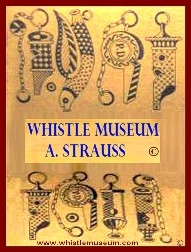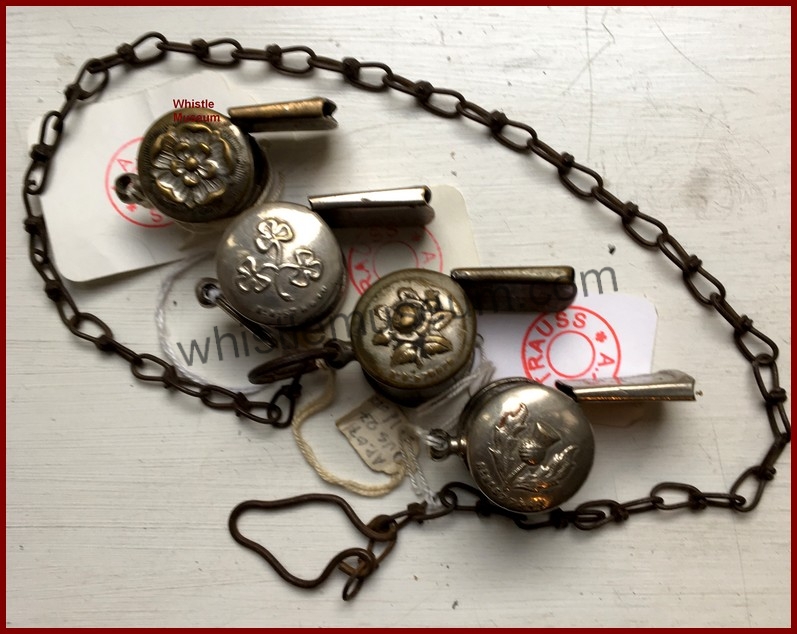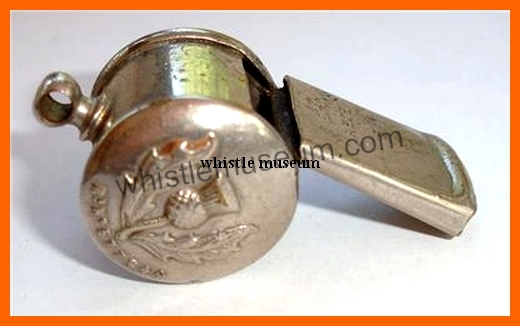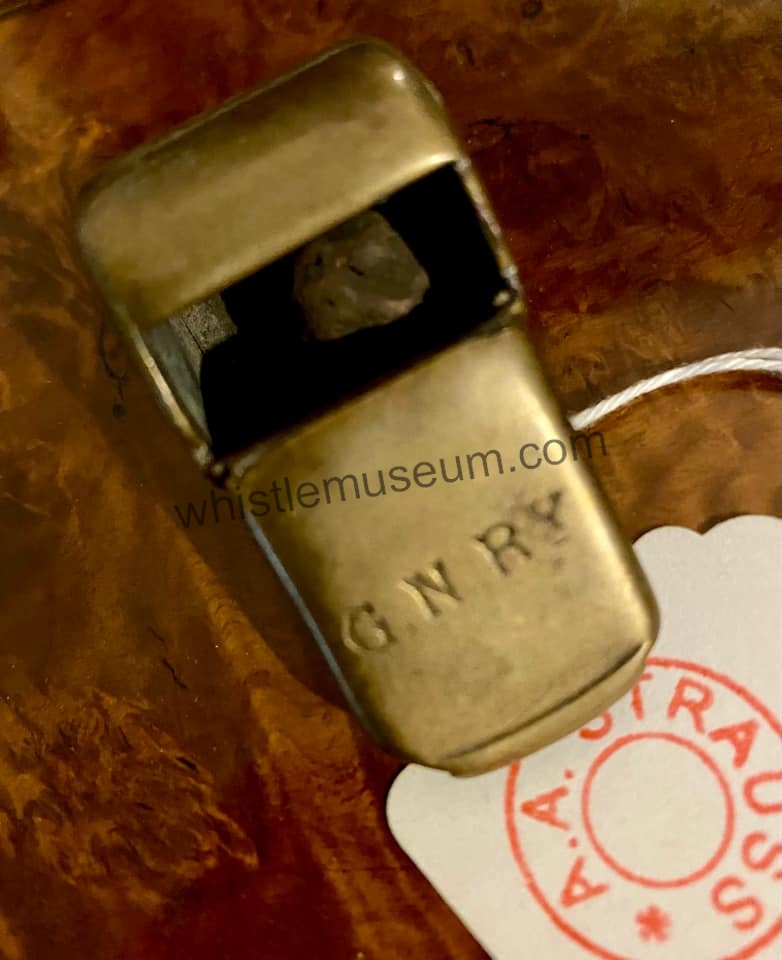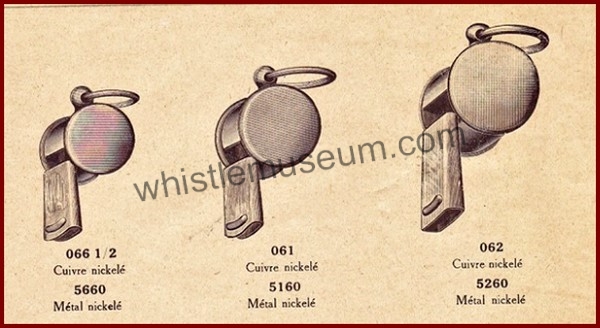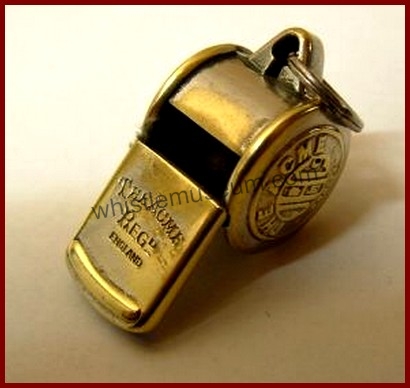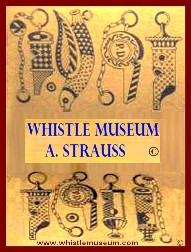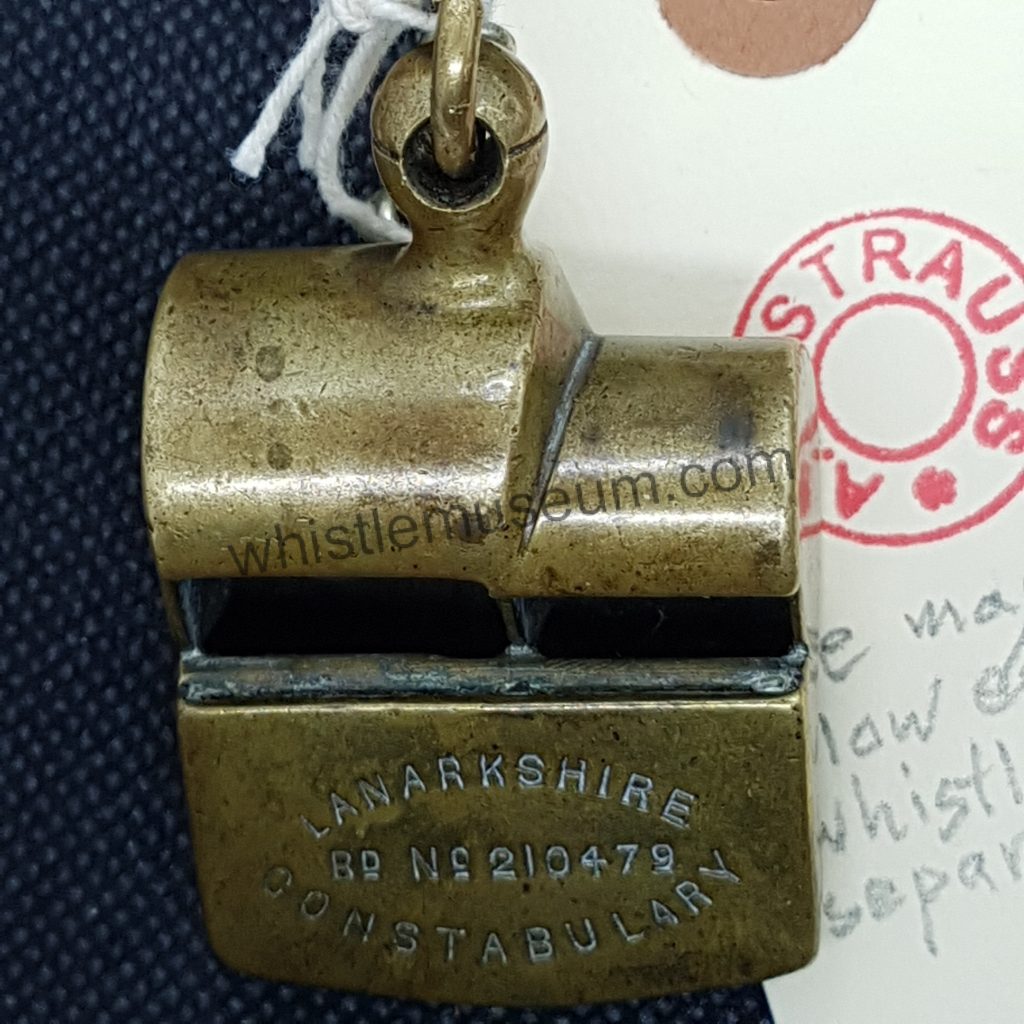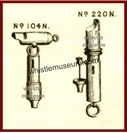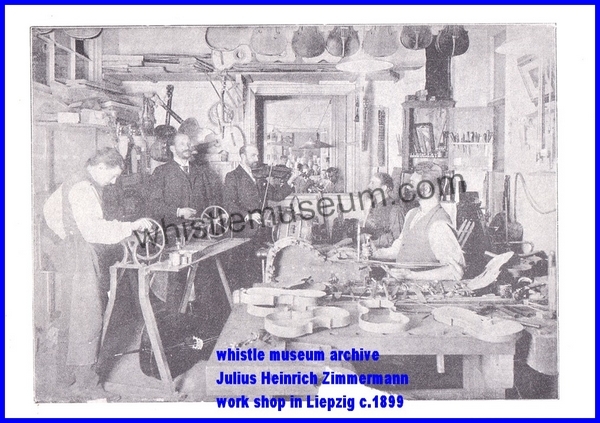James Dixon, Dixon & Son, James Dixon & Sons Whistles, A Brief History of Whistles in a Few Parts. Avner Strauss
Under construction, kindly drop in occasionally for updates.
Whistle Model # 55 by Dixon & Sons
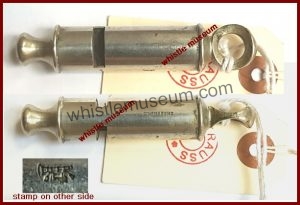
INTRODUCTION
Recently I have been digging through layers of “modern archeology”, specifically of whistles in the 19th century. Decade by decade, I have been “peeling” off the layers to reveal earlier dates. Identifying and discovering new whistles and information is a fascinating and rewarding subject for me to engage with. Discovering the first examples of dated escargots, the Bean Police, or Stevens model #27, are just a few examples. Likewise, discovering previously unknown whistle makers and bringing to light new information was a great reward for years of researching. Each discovery leads to new understandings, which, in turn, lead to an ever-increasing interest. I take great pleasure in sharing my thoughts and findings and wish to someday open a real whistle museum as well as publish my research, thus making everything even more accessible.
Dixon & Sons was one of the four large whistle makers in England up to 1880. While T. Yates and Stevens, and W. Dowler, the other three makers, were large, Dixon was, by far, larger. The family’s history and products are well documented and I can turn the attention of readers to one of few books. Here is a link to a PDF of one of them. In what follows, I shall concentrate on whistles and give a short overview of their history.
I started my research after coming across the 1st known TNT whistle stamped by Dixon (2006). I now know there are two of them. After I posted my first bit of research about Dixon on Wikipedia, someone noted that it should be erased as it is doubtful that a company by that name ever existed… Today, there are already hundreds of articles and photos, as well as many other resources. However, the subject of whistles is relatively still little-researched, and therefore I hope this text will contribute to collectors and others interested in whistles.
Here is an old post I wrote about Dixon (it includes mistakes, but since it was archived somewhere else, I cannot revise it): http://archive.is/RuZZb
The article shared here is, hitherto, the most comprehensive essay about the subject of Dixon & Sons whistles. There are, of course, many whistles I know of and did not include, as well as many that are still waiting to be discovered.
The full article is in 9 sub-parts.
Part I (6 chapters)
1) Brief History and data (19th Century)
Part I.a. Round whistles by Dixon & Sons;
2) Early Period Round Whistles and ‘The sheffield Mouthpiece & Fipple’ I. a.,
3) Round Ivory & Horn I.b.
4) Animal Head Whistles, I.c.
5) Round Brass & German Silver Whistles. Signal Whistles and ‘Pig nose’ Whistles
I.d.
6) Round Britannia Metal Whistles & Model #49. Part I.e.
Part 2 (3 chapters)
More whistles by Dixon & Sons, including
7) Beauforts,
8) Extractors, combination whistles, Shooting Gudgets and other combination whistles. II. .b
9) James Dixon & Sons Other Rare Whistle Models & Designs. II.c.
As a rule, my observation is that many whistles made as DOG CALLS did not use a pea. (A.S*)
A small collection of 41 whistles was given by the Dixon family in 1938 to the city of Sheffield, and was exhibited at the city hall. There are many whistles which Dixon made during the 19th century and are not among these.
You may take a CLOSE look and note that 27 are ROUND WHISTLES, and 6 more are round whistles combined with shooting gudgets. 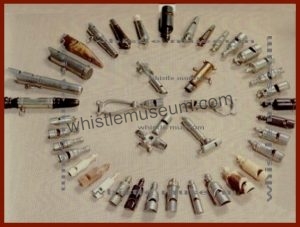
PART I
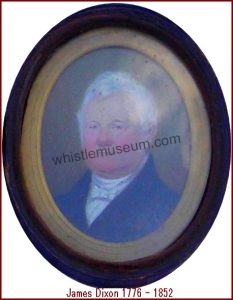
The James Dixon & Sons Company was a family-run business for 170 years (up to 1876) and was located at Cornish Place for over 180 years (up to 1992).
James Dixon was the Founder company established 1806.
James Dixon later Dixon & Sons were one of the major British manufacturers in the Industrial Revolution of the 19th century. They were well known as manufacturers of pewterware, electroplated Britannia metal, silverware, and electroplated nickel silver. Their product range included hundreds of items for domestic use in the kitchen (inc. bowls, cutting-tools), and the dining room (e.g. tea services, cocktail shakers and mixers), and items like candlesticks for general household use. They were also a world leader in manufacturing shooting accessories through the nineteenth century, and exported powder flasks in large quantities to America. While Dixon & Sons were known for their whistles, all of their products were of outstanding quality. Continue reading James Dixon & Sons Whistles & History In the 19th Century. Avner Strauss
 Alexander P. Hatch American Whistle patents App. for 1899 & 1901
Alexander P. Hatch American Whistle patents App. for 1899 & 1901